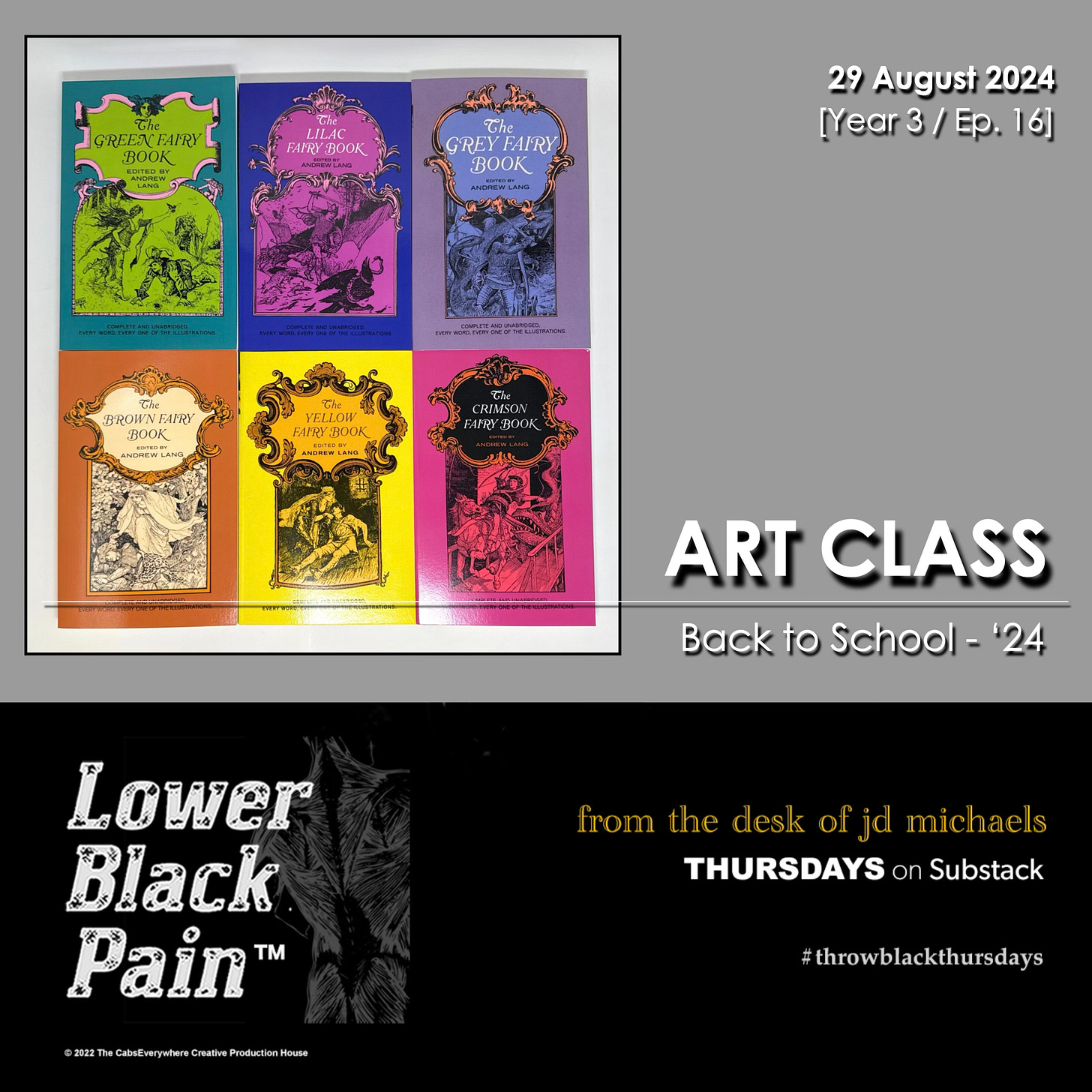Back before she was here, when we thought about raising the baby, we felt we had a handle on the whole thing., or at least the general concept. We understood, for instance, that the child would be empty a great deal of the time, and our first job was to keep it filled with love and food (in that order).
To that list we added the arts, which we started with right from the very beginning with music. Within her first 24 hours on the planet, our daughter listened to the jaunty jazz of Raymond Scott, the lyrical poetry of George Gershwin, and I believe a bit of Miles Davis, though it’s hard to remember because we were all really sleepy that day. We do have video of the Raymond Scott - she really liked it. Oh, and Patsy Cline, I believe.
I wished that she could enjoy music wherever she went in the world; it is such a balm and foundation for me - if only she could just call out whatever song in the world she wanted and it would play for her. Oh. Really? Thanks, Apple. Now she has that power, and uses it daily. I am so proud to watch her walk around the apartment in her headphones, singing along to AC/DC, Dean Martin, and Billie Eilish.
Music? CHECK.
We read somewhere that newborns are most stimulated by black and white images… many baby blankets and mobiles are based on this theory. I freely interpreted this information: one afternoon during my paternity leave, my wife came back from work to find us watching a movie. We had a projector that made quite a large screen on the white wall of the bedroom. My wife’s attention, of course, was only on the baby sitting up in my lap - she marveled at how the child was so transfixed and focused.
Although she did suppose that the child would be happily distracted by the event of Her Mother entering the room, which did not occur - instead the child leaned to the left in an attempt to look around her.
“Is she ok?” my wife asked me.
“Yeah! Yeah, we’re just at the end of this movie.”
“She watched an entire movie? What are you watching?”
My wife at last turned to look behind her at the screen, where Death was just finishing up a game of chess with a Swedish knight.
“Is that “The Seventh Seal”?”
“It’s black and white! It’s stimulating!” I told her nervously, since the tone of her voice made it seem like this had been a questionable choice. “She really likes it!” I added. I don’t know why I added that; rarely do film critics less than six months old get taken seriously. But my daughter did like it, so my wife joined us on the bed for the last ten minutes of the movie, and when it was over, our daughter smiled, held her arms high, and went right into my wife’s arms. No harm done.
Well. We’ll see.
Unintentionally, our first forays into literature followed a similar path.
Andrew Lang’s collection of Fairy Books collects over 300 tales from around the world; these are told in more or less what can be considered their original versions. We thought this would be great; no commercialization, just a legacy of storytelling, surely the purest way to get the child used to bedtime stories, narrated in those National Public Radio voices we’d been practicing.
But as it worked out, we weren’t the first to read the books…my mother was. In an effort to help us out at the very beginning, she visited for a week, allowing us to shower and nap and then go out for an hour together to “do something fun and relax”. We chose to have a glass of wine, staring at each other the entire time with an intensity born not of romance, but impatience to get back to the fun new thing in our house. It was like being at work and waiting to get back home to brush and feed your new unicorn.
We had left my mother with a few of the fairy books, complete with post-its marking familiar titles, so that she could read to the baby. When we got to our apartment, the baby was blissfully asleep, but my mother was curiously silent. We lightly poked the baby’s little feet and then made it back to the living room.
“What kind of book was that you left me to read?
We proudly explained the century old legacy of the Fairy Book series, still in its original 1890’s format, not filtered through he magnanimity of corporations but instead an unfiltered collection of the legends of every continent, told simply and plainly, captured for all of time in budget paperback editions with plasticine overlays by the good people of Dover Press.
“Those are fairy tales?”
“Yes,” I replied, “We left them bookmarked for you. Cinderella, Sleeping Beauty…”
“Have you read these before?”
“Well, no, they’re new, we didn’t have the chance.”
“Why do so many people get killed in ‘em?”
Well, here we were stumped. “Uh… which one did you read?”
“I tried to read all of them. I tried to skip all the killing, but it was too much of it. In Cinderella the stepsisters cut off their own feet. In Snow White the Queen was a cannibal, and I knew better than to start Little Red Riding Hood because of the wolf.”
“Wow. Sorry. How did the baby react?”
“She seemed to like 'em. She was listening really closely.”
“Well, I’m sure it was just the sound of your voice.”
“Yeah, maybe. She fell asleep during the last one. Maybe you should save those books ‘til she’s older.”
“Yeah. What’s the appropriate age to introduce cannibalism?” my wife asked.
“At bedtime, no less.” I added.
The three of us, exhausted in variations of the same way, silently contemplated it for a moment.
“Maybe 13?” my wife offered.
We all nodded slowly in agreement.
So, we have that to look forward to this year.
My daughter has seen the Nicolas Brothers dance, along with Fred Astaire, Gene Kelly, Barishnikov, Parris Gobble and Mark Morris (live). She commented quite freely at a Cindy Sherman exhibit when she was a year old and adopted Basquiat as a key hero at five. She can scramble eggs and make salad dressing and is currently designing and sewing skirts with her mom for her new school year.
The child is indeed filled with art, and she generates it as well, in drawing and painting and writing. Most importantly, she is steeped in the patience and empathy essential for artistic expression or appreciation, which is a great thing in a world of chaos.
Full disclosure: she’s also been shown endless Bugs Bunny cartoons and episodes of The Partridge Family, listened to Weird Al Yankovic and Frank Zappa albums, and been subjected to tons of old comic books. She heard Ravel’s Bolero the same year she was introduced to KC and the Sunshine Band’s “Shake Your Booty”. We are not the Royal Tennenbaums. This isn’t about art being fancy, just art being tangible, a tool to navigate and motivate and communicate. It’s the gift that keeps on giving.
Though I really should ask her how she feels about chess…just in case.
.














Share this post